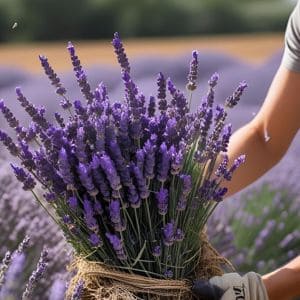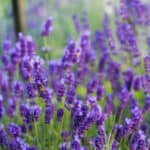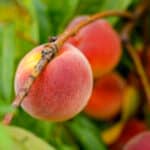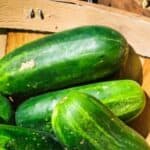Harvesting lavender is simple but picking it at the right time makes all the difference. The best time to harvest lavender is in the early morning after the dew has dried but before the sun gets too hot, to keep the scent and oils strong. This helps you get the most fragrance and flavor out of your lavender whether you plan to dry it, use it in cooking, or make essential oils.
This post may contain affiliate links.
You’ll want to use sharp scissors or pruning shears to cut the stems just above the leaves, leaving enough growth for the plant to bounce back healthy. Taking care when you cut means your lavender will keep blooming year after year, giving you plenty to enjoy. Knowing when and how to harvest sets you up for success with your lavender projects.
Related Article: 5 Mistakes to Avoid While Growing Lavender for a Healthy, Fragrant Garden
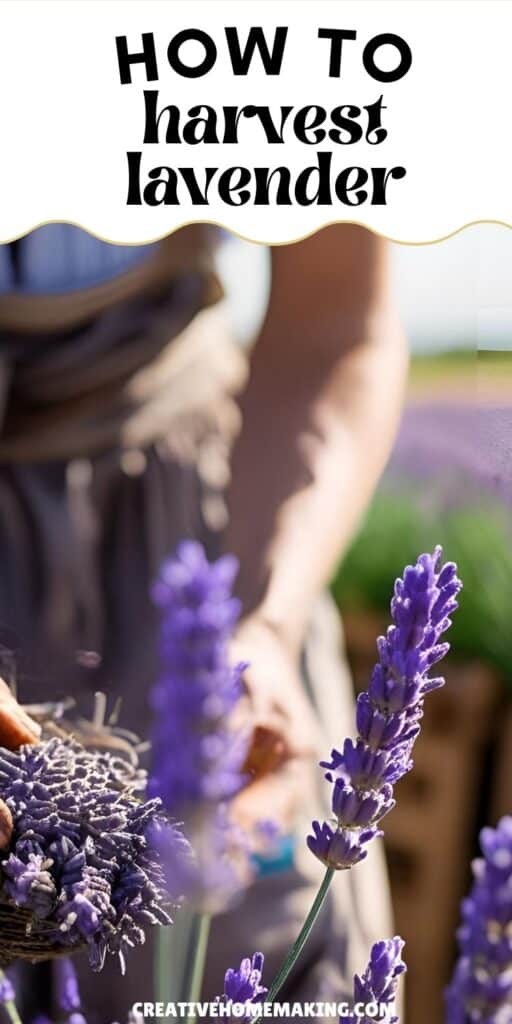
When and How to Harvest Lavender
Knowing the right time to cut your lavender will help you keep its fragrance strong and the plant healthy. You also want to recognize the best-looking blooms and use the right tools to get a clean cut without hurting the plant.
Best Time to Harvest Lavender
You should harvest lavender when the buds are just starting to open but before they turn brown. This timing keeps the fragrance strong and the essential oils at their peak.
If you want dried lavender bundles, cut early when most flowers are still in bud form. For cooking or crafts, harvest slightly before the blooms fully open.
Early morning, after the dew has dried but before the sun gets too hot, is the best time to harvest. This helps keep the oils from evaporating and locks in the scent.
Related Article: How to Grow Lavender from Seed: A Simple Guide for Beginners
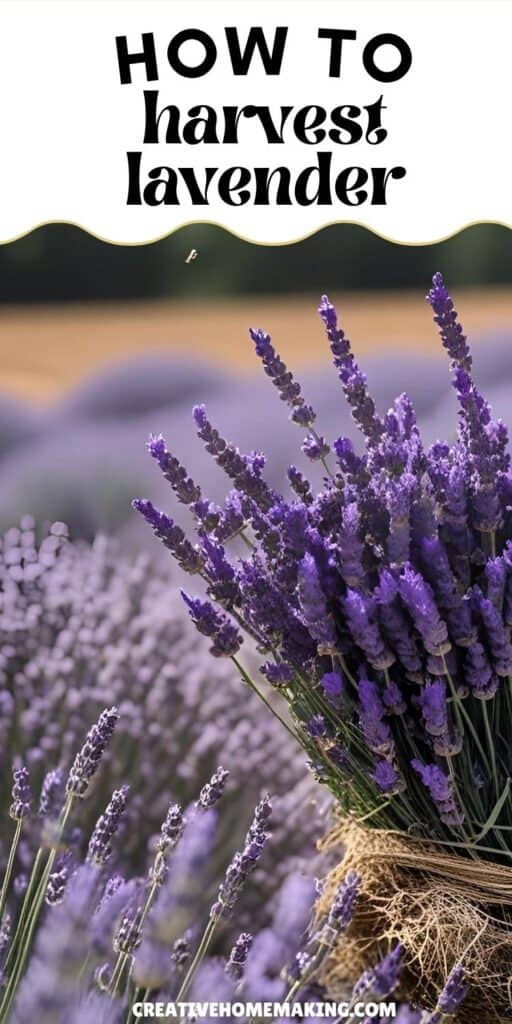
Identifying Ready-to-Harvest Blooms
Look for lavender buds that are tight and compact. They should have some color, usually pale purple or pink, but not fully open or faded.
Avoid cutting when the buds are brown or wilted, as this means the flowers are past their prime and the scent fades.
You can also check the plant for about one-third to one-half of the flower spikes showing color but still mostly in bud form. This stage gives the highest quality for most uses.
Related Article: How to Dry Lavender: Simple Techniques for Preserving Its Fragrance
Recommended Tools and Methods
Use sharp pruners or scissors for a clean cut. Dull tools can crush stems and stress the plant.
Cut about one-third down the stem, just above the leaf line. This encourages new growth and keeps your lavender healthy.
Wear gardening gloves to protect your hands from the plant’s slight stickiness and to make trimming easier.
Hold the stems gently and cut them in bunches to avoid damaging other parts of the plant while harvesting.
Post-Harvest Lavender Care
After harvesting your lavender, it is important to handle it carefully to keep its fragrance and color. How you dry and store the lavender will affect how long it stays fresh and useful. Avoid mistakes that can cause mold or loss of scent.
Proper Drying Techniques
To dry lavender well, start by gathering your stems into small bundles. Tie them with string or rubber bands. Hang the bundles upside down in a dark, dry place with good air circulation. A closet or a shaded attic works perfectly.
Make sure the drying area is cool and away from direct sunlight. Sunlight can fade the purple color and weaken the scent. Drying usually takes about 2 weeks, but check the flowers to see when they feel crisp.
You can also lay the stems flat on a screen or rack if you prefer. Just turn them occasionally for even drying. Proper drying keeps the lavender’s oils intact and prevents mold.
Storing Lavender for Freshness
Once your lavender is dry, store it in a way that preserves its scent and color. Use airtight containers like glass jars or sealed bags. Keep them in a cool, dark spot to avoid heat or light damage.
If you plan to use lavender for crafts or cooking, store the flowers or buds separately from the stems. This makes it easier to access the parts you need.
Label your containers with the date of harvest. Lavender usually stays fresh for up to a year if stored correctly. Avoid keeping it in areas with high humidity, which can cause the lavender to get damp and spoil.
Common Mistakes to Avoid
One common mistake is drying lavender in the sun or a damp place. This weakens the scent and can cause mold.
Another error is bundling the stems too thickly. Thick bundles slow air flow, making the lavender moldy inside. Keep bundles loose enough for air to move around.
Forgetting to check for moisture during drying is also a problem. If stems feel soft or smell bad, the lavender hasn’t dried fully.
Avoid storing lavender in plastic containers that are not airtight or in places with fluctuating temperatures. These conditions ruin your lavender over time.
Follow my lavender board on Pinterest.
